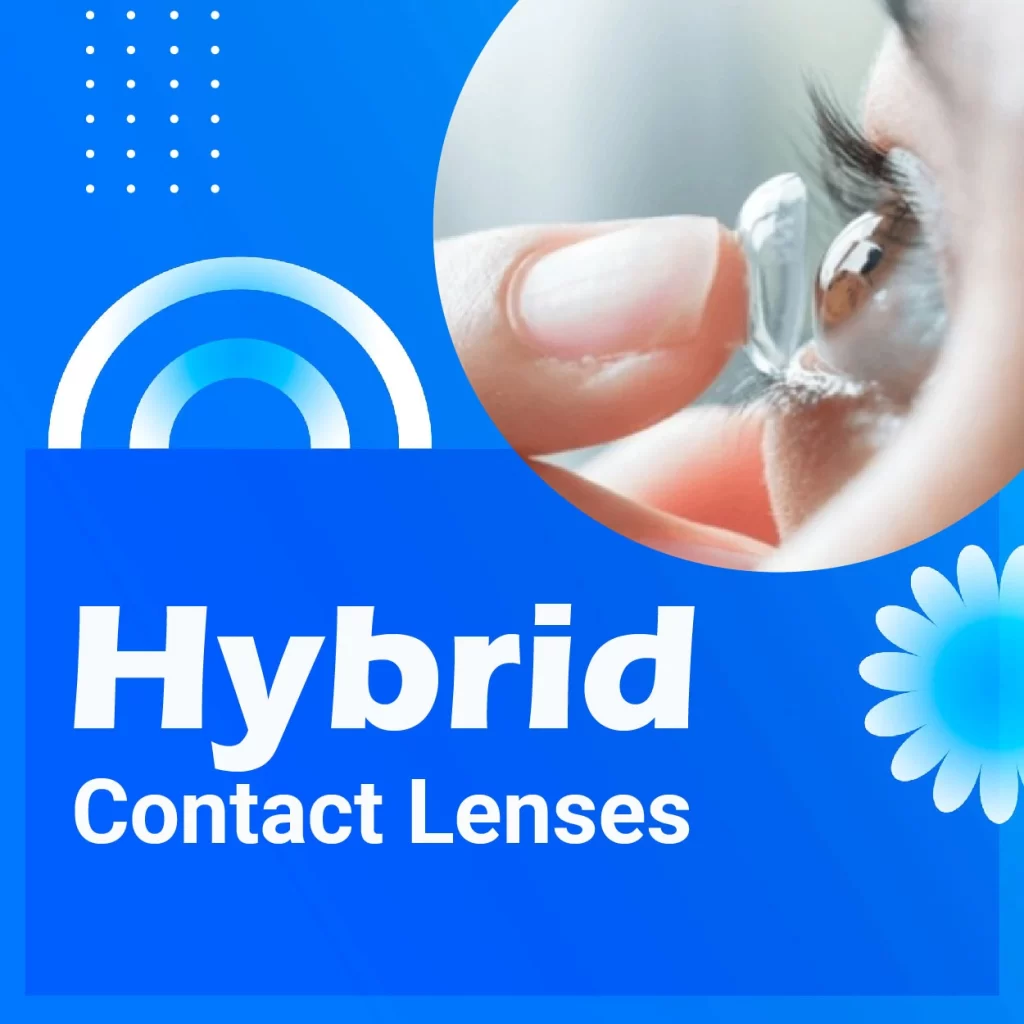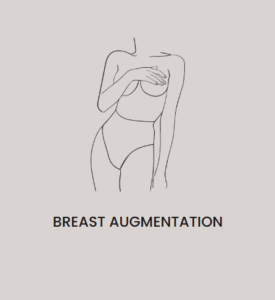Hybrid contact lenses are an innovation in the technology of vision correction. They assimilate soft lenses’ comfort with the rigidity of rigid gas-permeable (RGP) lenses. This type of lens is perfect for those people who demand sharp vision but cannot tolerate the pain associated with traditional RGP lenses. Hybrid contact lenses are manufactured with the best optical clearness that can be achieved by RGP lenses as well as comfort of soft contact lenses, and it has been gaining tremendous popularity in the present days for treating such varied vision problems as astigmatism, keratoconus, or presbyopia.
What Are Hybrid Contact Lenses?
Hybrid contact lenses are composed of two different zones: a central RGP zone and a peripheral soft lens skirt. The RGP center gives a person sharp, clear vision, whereas the soft skirt provides comfort through its shape conformation with the eye, almost like a soft lens. It is just a best-of-both-worlds experience, whereby hybrid contact lenses are unique in providing the improved acuity of visual without losing comfort.
Hybrid contact lenses have a central rigid part that supports high oxygen permeability, which maintains eye health. A soft skirt surrounds the RGP center that provides a cushion and reduces irritation and discomfort from this risk in users with sensitive eyes. Hybrid contact lenses are designed to fit a wearer’s eye perfectly, which provides an optimal fit for the maximum comfort and performance.
Benefits of Hybrid Contact Lenses
Sharp, HD vision Hybrid lenses possess a well-defined and sharp rigid center that yields clear visions. This is especially true in patients with irregular cornea, such as keratoconus or astigmatism. The RGP center corrects vision by offering an even refractive surface even if the natural corneal shape happens to be irregular.
Greater Comfort One of the major advantages is that hybrid contact lenses are more comfortable. Traditional RGP lenses are uncomfortable, which is much more marked for a new user and particularly with their solid structure. Hybrid contact lenses solve this problem with the addition of a soft skirt, understanding the form of the eye more naturally. This design offers much greater comfort for extended wear and makes them suitable for those who experience discomfort with traditional RGP lenses but require the clarity of their vision.
Stability and Fit: Hybrid contact lenses, compared to RGP, are a lot more stable. The soft skirt acts as an absorber, hence decreasing movement of the contact lens on the eye. It is very comfortable for athletes because the lenses do not move during any activity, hence less likely to blur or cause discomfort due to displaced lenses.
Better for Dry Eyes: Many patients with dry eyes find it challenging to wear contact lenses comfortably. Hybrid contact lenses, because of their soft skirt design, provide a comfortable fit, as they promote moisture retention around the lens. They may not entirely solve all issues related to dry eye syndrome, but they are much more tolerable for anyone with mild dryness than RGP lenses.
Who Should Consider Hybrid Contact Lenses?
Hybrid contact lenses are a fantastic option for patients who have been disappointed by classic RGP or soft lenses. This can happen because they could become extremely uncomfortable, provide too low-grade of optical correction, or fit poorly. Hybrid lenses would offer much better vision than soft lenses alone. They are particularly helpful to people with keratoconus.
Astigmatism: People with high astigmatism do well in hybrid contact lenses compared to soft toric lenses.
Presbyopia: A multifocal hybrid contact lens can be used for presbyopic patients who want clear vision at multiple distances without reading glasses.
Irregular Corneas: Hybrid contact lenses fit people with irregular corneas quite well because the stiff center of the lens creates a smooth refractive surface.
Hybrid Contact Lens Care and Maintenance
Like all other contact lenses, hybrid lenses require proper care in order to be used without problems and wear for a long time. Hybrid contact lens cleaning can only be done with special cleaning solutions that are only compatible with hybrid contact lenses. The hybrid contact lens must be cleaned and disinfected daily to remove the proteins, lipids, and bacteria that have been deposited there and may lead to serious problems in the eyes or become a source of irritation to the eyes.
The lifespan of hybrid contact lenses is hence dependent on proper care and use. Most hybrid lenses can hence be used for a period of six months and more before the same could be replaced.






